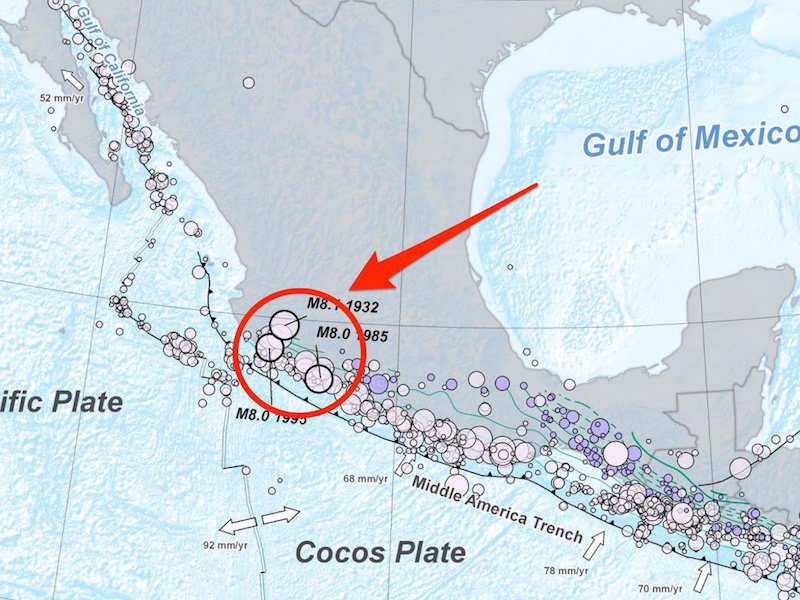OF THE
TIMES
A small body of determined spirits fired by an unquenchable faith in their mission can alter the course of history.
An essay is a written piece of work that explores a particular topic or presents an argument. It typically consists of an introduction, body...
So, another government is going to investigate itself….
Good to know. Now, what do we do about this? Stop using electronic communication? Create a 'straw man' for ourselves and live two lives? Any...
Keep digging, eventually you will find what you deserve.
So just what's causing this increase in these kinds of incidents? I'm sure the jab combined with earth changes that have already begun and will...
To submit an article for publication, see our Submission Guidelines
Reader comments do not necessarily reflect the views of the volunteers, editors, and directors of SOTT.net or the Quantum Future Group.
Some icons on this site were created by: Afterglow, Aha-Soft, AntialiasFactory, artdesigner.lv, Artura, DailyOverview, Everaldo, GraphicsFuel, IconFactory, Iconka, IconShock, Icons-Land, i-love-icons, KDE-look.org, Klukeart, mugenb16, Map Icons Collection, PetshopBoxStudio, VisualPharm, wbeiruti, WebIconset
Powered by PikaJS 🐁 and In·Site
Original content © 2002-2024 by Sott.net/Signs of the Times. See: FAIR USE NOTICE

Comment: For news and updates on the most recent quake to hit Mexico, see:
7.1 magnitude earthquake hits southern Mexico - Buildings collapse in Mexico City - Quake strikes on anniversary of 1985 'big one' (VIDEOS, IMAGES) - UPDATES